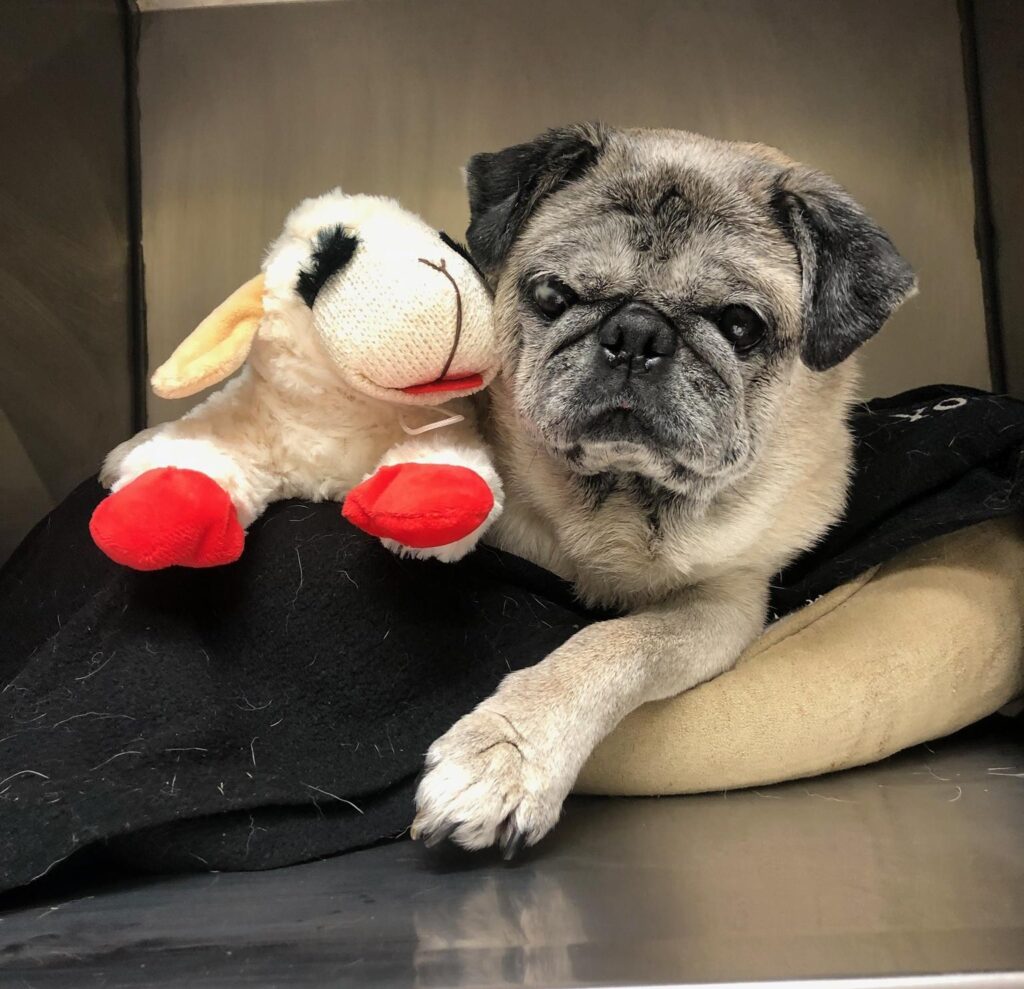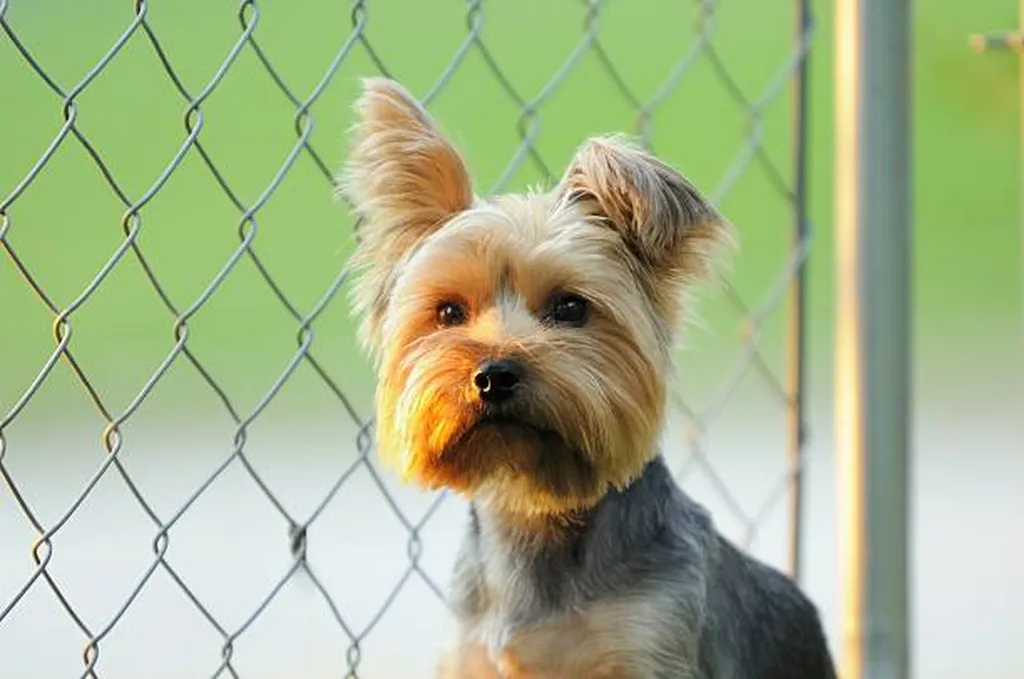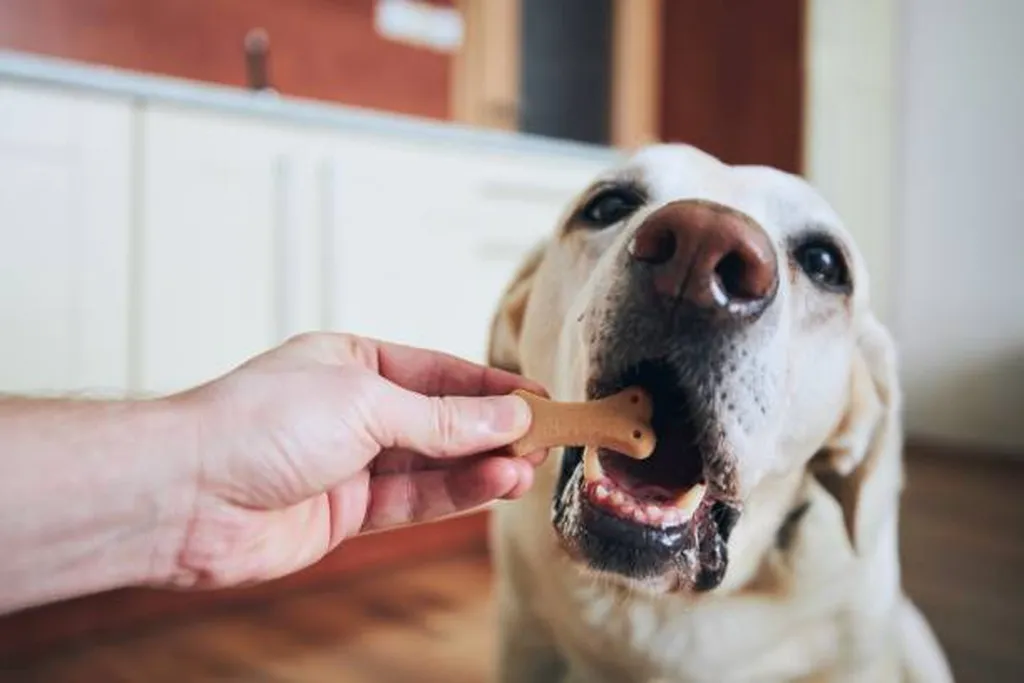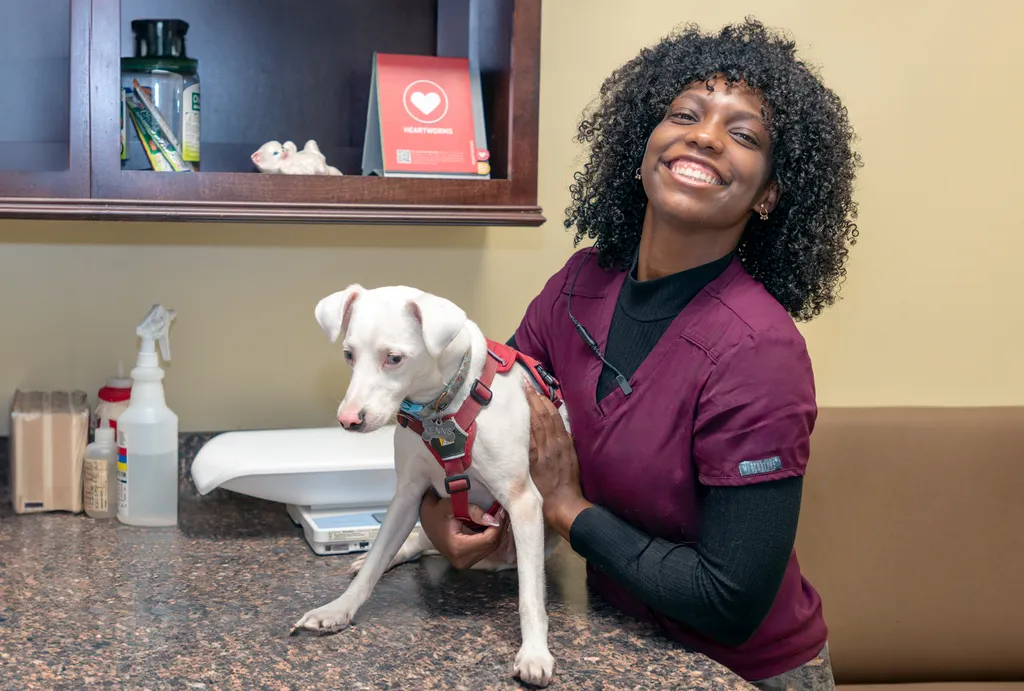Your precious pet is equipped with various mechanisms to combat warm temperatures, but these can only get him or her so far. Indeed, without your expertise and intervention, your pet could be at risk of heatstroke.
Houston is among the top ten most humid places in the country. Higher temps and rising humidity make heat safety for pets even more vital to overall wellness.
Regulation
Our climate has four wonderful seasons – of varying warm temperatures, that is. While heatstroke is more likely to affect your pet this summer, it’s important to know how higher temps impact your pet year round. Older pets, pets who carry extra weight, kittens and puppies, short-nosed breeds, and those with compromised immunity should be monitored closely.
How it Works
Your pet regulates body temperature through:
- Panting
- Sweating from the paws
- Exchanging heat from the fur, skin, or ears
- Licking
Humidity can actually prevent body heat from releasing, and a shorter haircut (but long enough to protect against UV rays) may be an effective way to improve airflow. However, pets with darker coats will continue to absorb heat while sun rays bounce off coats that are lighter.
Too Much Fun?
Your pet won’t give you advance notice that he or she is overheating. If you’re out together, your pet likely wants to please you and won’t want to stop exercising or playing. Because your pet’s internal radiator is limited, it’s critical that you take stock of his or her breathing and behavior. Hint: if it’s too hot outside for you, it’s definitely too hot for your pet.
The Danger Zone
If you notice any of these signs of heatstroke, please call us immediately:
- Rapid breathing
- Excessive drooling
- Staggering or loss of coordination
- Vomiting
- Fast pulse
- Blue, pale, or bright red gums
- Tongue color changes to purple
- Unconsciousness
Heat safety for pets means knowing what to do if your pet overheats. If his or her temperature climbs above 104 degrees, seek help right away. Decrease internal temperature gradually by covering your pet in towels soaked in lukewarm water. Don’t use ice water, as this will bring body temperature down too far, too quickly.
If left alone, heatstroke can lead to stroke, seizures, heart failure, or death.
Heat Safety for Pets
The best practices around heat safety for pets include keeping your pet cool and comfortable at all times. Fresh water should be replenished throughout the day, and abundant shade is highly recommended. Other tips include:
- Limit outdoor exercise to early morning or evening when temperatures are more mellow and ground surfaces aren’t as hot.
- Groom your pet daily to minimize the amount of insulating fur, or opt for a shorter haircut during the summer (be careful of sunburns!).
- Provide frozen treats after spending time in the sun.
- Fill up a kiddie pool in the backyard or run the sprinkler to encourage cool water play and wading.
- Make use of air conditioning, fans, sun-blocking curtains, and low lighting inside your home.
Lastly, never leave your pet alone in a parked vehicle – even if it’s just for a short period of time.
The team at Oak Forest Veterinary Hospital is always here for you and your pet. Please contact us with any questions or concerns.
Have a safe and happy summer, Houston!



